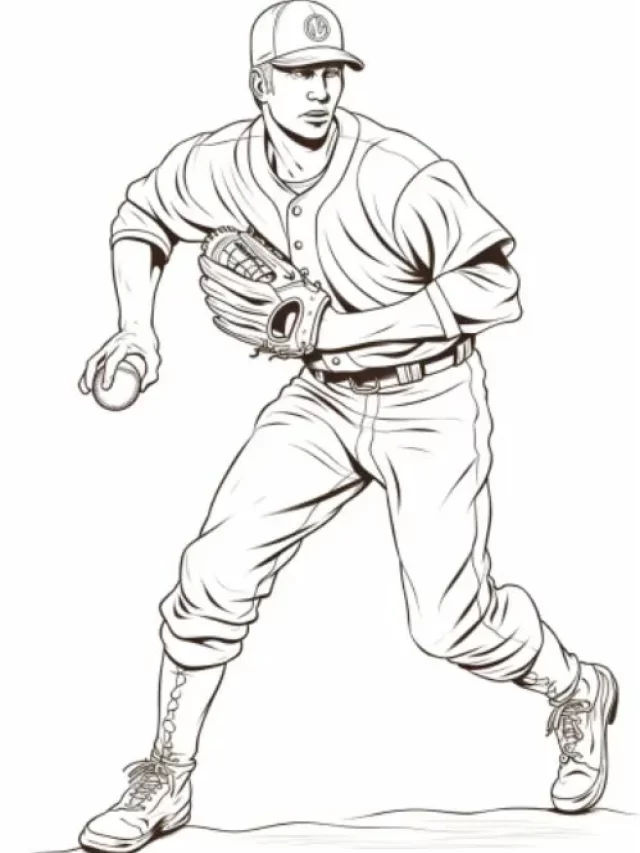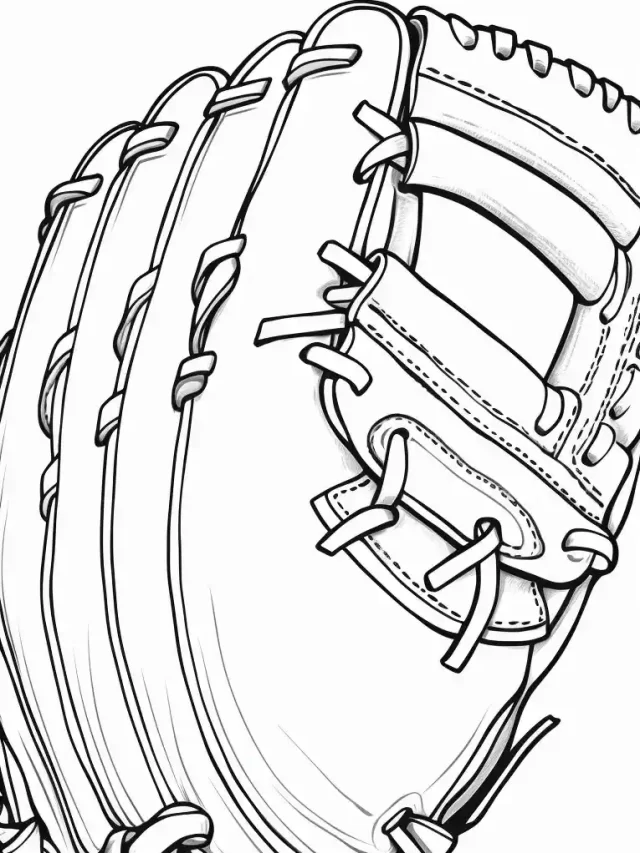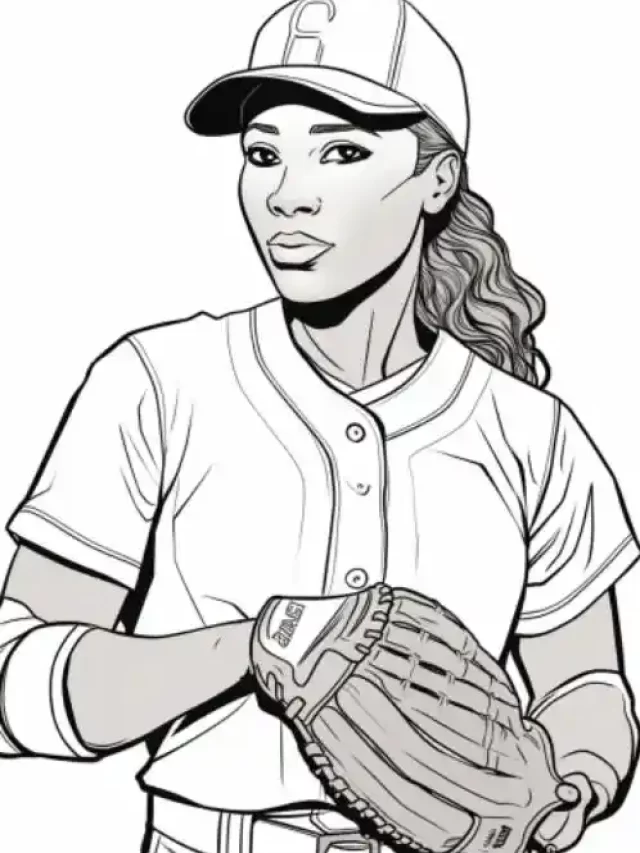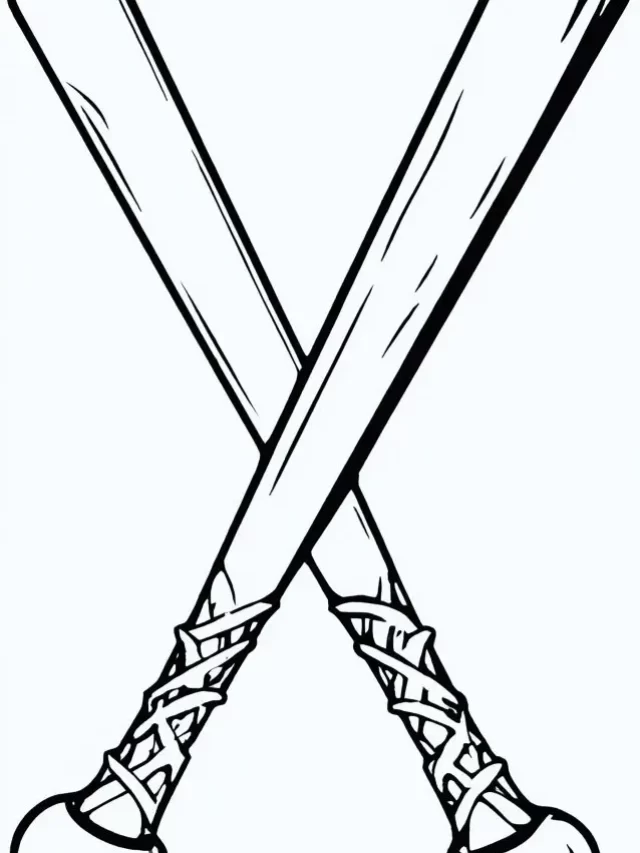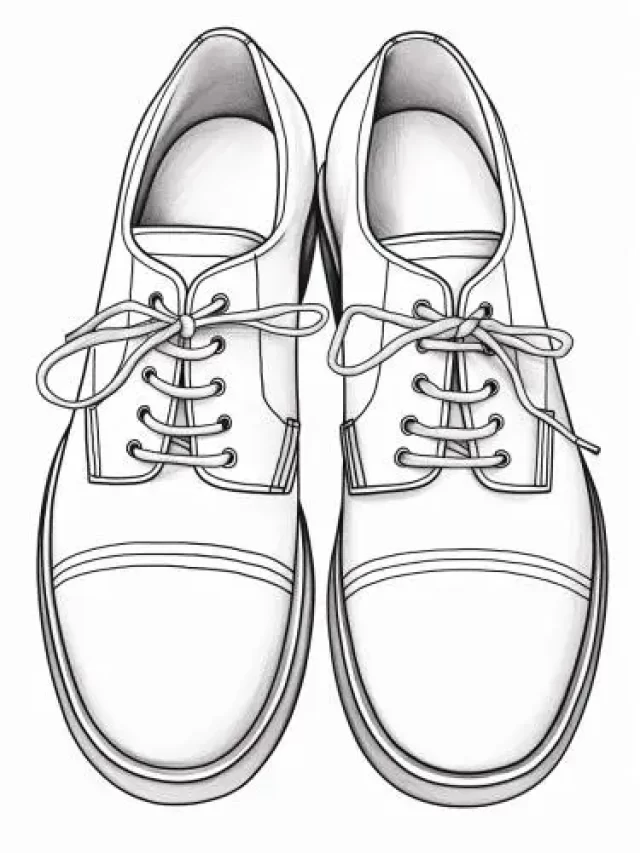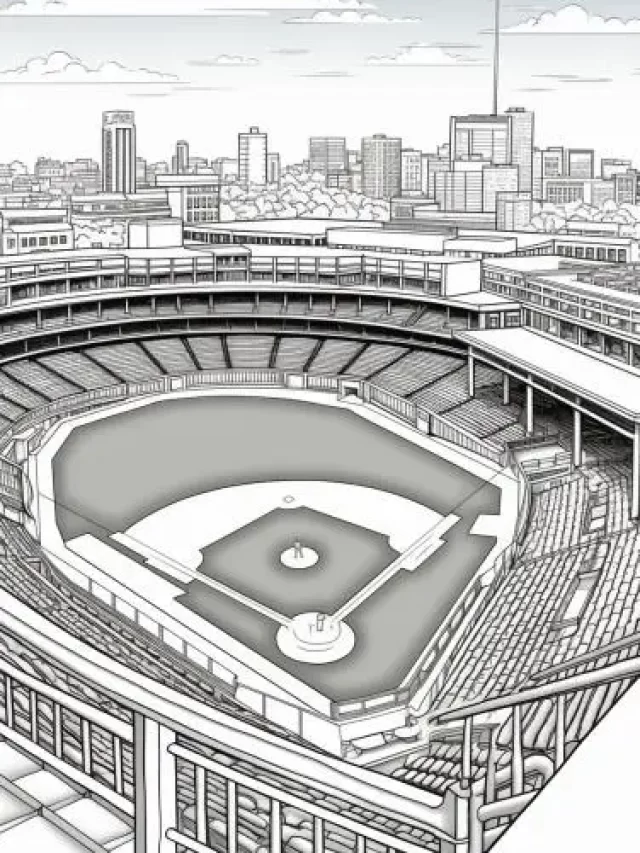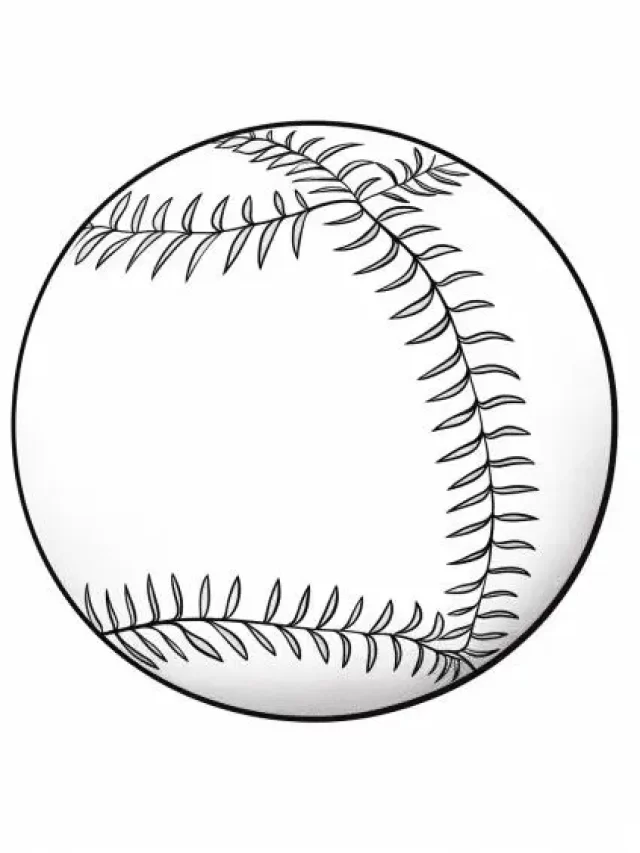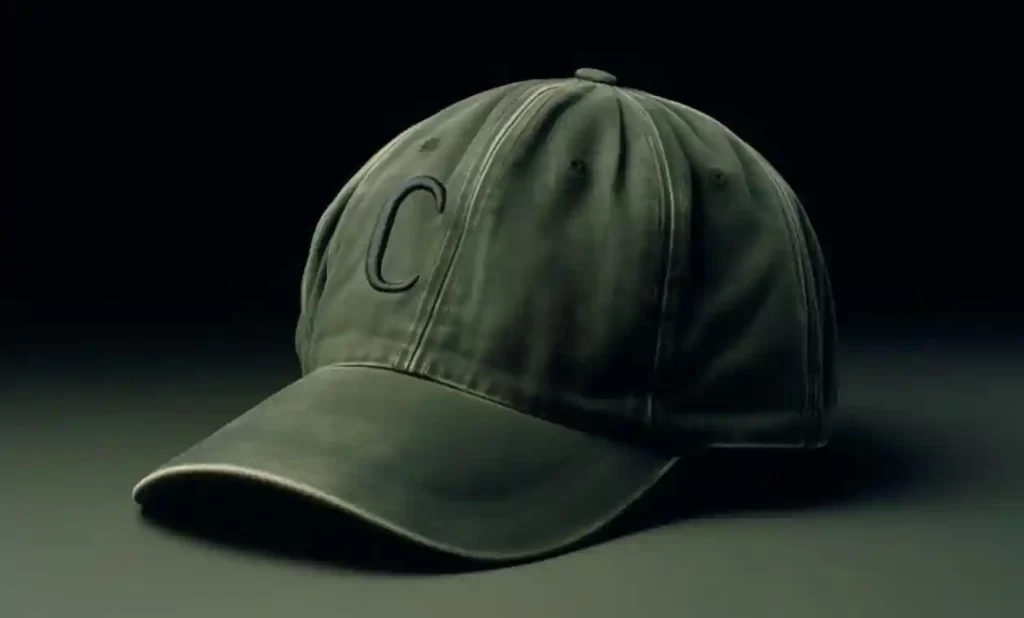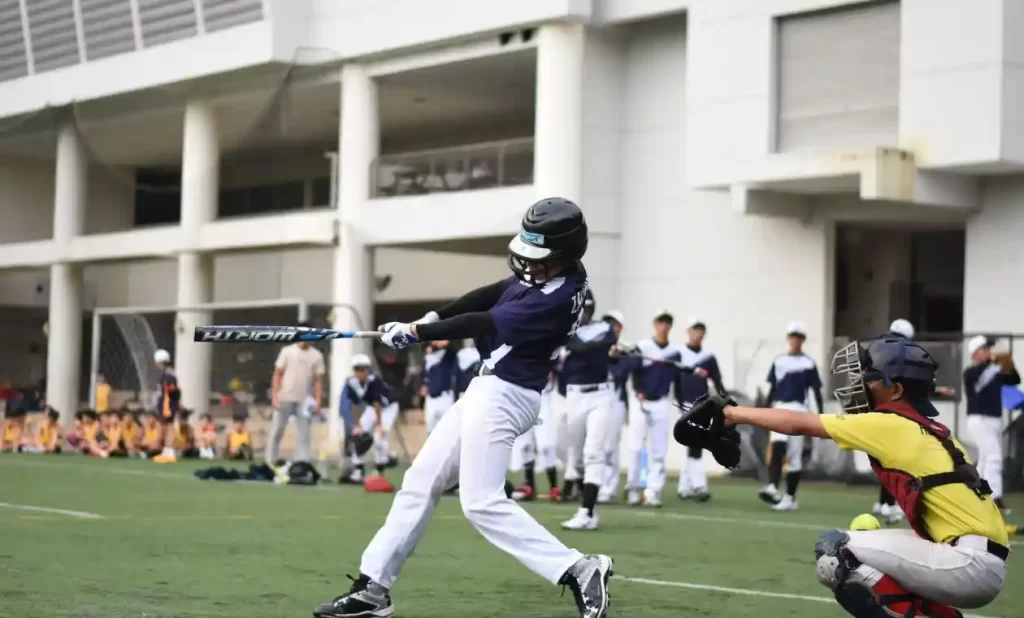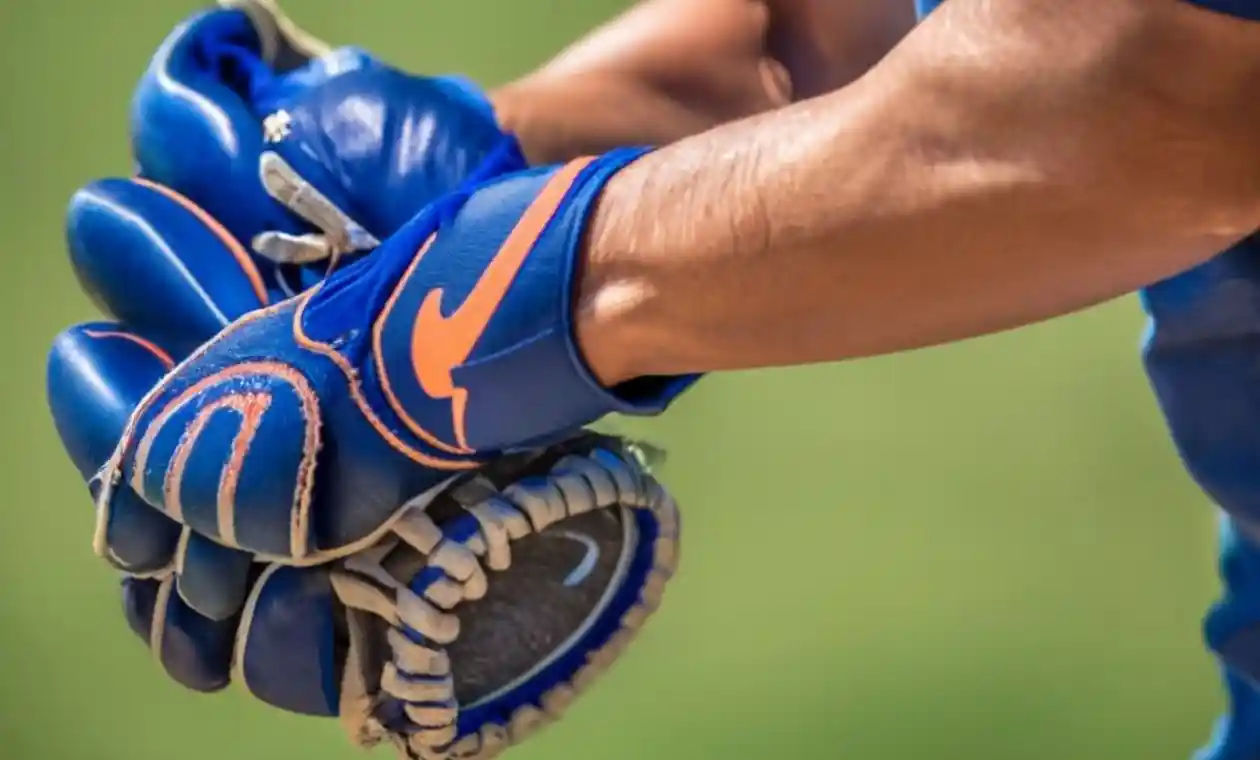
In the world of baseball, equipment goes beyond mere utility; it becomes a statement, a style, and sometimes, a splash of color that sets players apart. Among the spectrum of baseball gear, the fascination with blue baseball gloves has captured the attention of players and enthusiasts alike. The allure lies not only in the striking appearance but also in the uniqueness it adds to the player’s identity on the field.
Why blue? It’s not just a color; it’s a choice that reflects individuality and personal expression in the game. Blue baseball gloves stand out against the traditional sea of browns and blacks, becoming a canvas for players to showcase their style.
However, beneath the vibrant facade lies a realm of expectations and realities that every player should navigate. The importance of understanding the nuances of blue baseball gloves goes beyond aesthetics. It delves into the practicality of choosing the right glove for the right game, ensuring that performance isn’t compromised by the color choice.
As we explore the world of blue baseball gloves, we embark on a journey to uncover the reasons behind the fascination, understand the meaning embedded in the color choice, and, most importantly, distinguish between the expectations set by the vibrant exterior and the reality of functionality on the baseball field. Join us in this exploration, where style meets substance, and the blue baseball glove takes center stage in the fascinating realm of America’s favorite pastime.
What is the Meaning of a Baseball Glove?
Historical Overview of Baseball Gloves
The evolution of the baseball glove is a captivating journey through the annals of America’s favorite pastime. In the early days of baseball, players took to the field bare-handed, relying solely on their natural dexterity to catch the swiftly thrown balls. However, as the game progressed and the intensity of throws increased, the need for protective gear became evident.
The first rudimentary baseball gloves emerged in the mid-19th century, resembling more of a simple leather work glove than the specialized equipment we know today. These early gloves were basic in design, featuring minimal padding and finger stalls. As the sport continued to gain popularity, manufacturers recognized the demand for more sophisticated gloves, leading to the refinement of their structure and functionality.
Evolution of Colors in Baseball Gloves
Traditionally, baseball gloves were crafted in earthy tones like brown and black, emphasizing a classic and utilitarian aesthetic. However, as the game embraced modernity and players sought to make a statement on the field, the color palette of baseball gloves expanded.
The introduction of colored gloves brought a new dimension to the game. While maintaining the structural integrity and functionality of traditional gloves, manufacturers began experimenting with vibrant hues, including the iconic blue baseball gloves. These colorful variations not only offered a visual spectacle but also allowed players to express their individuality and team spirit.
The evolution of colors in baseball gloves reflects a fusion of tradition and innovation. Today, players can choose from an array of colors, each carrying its own symbolism and personal meaning. Whether it’s a nod to team colors, a personal preference, or a strategic choice to stand out on the field, the colors of baseball gloves have become an integral part of the sport’s visual identity.
How Can You Tell the Difference Between Baseball Gloves?
Types of Baseball Gloves and Their Characteristics
Understanding the nuances of baseball gloves is crucial for players seeking the perfect fit for their position and playing style. Several distinct types of gloves cater to different positions on the field, each designed with specific features to optimize performance.
Catcher’s Mitt
- Characteristics: Recognizable by its heavily padded, claw-like shape, the catcher’s mitt is designed to withstand high-velocity throws and provide a secure catch.
- Position: Worn by catchers.
First Baseman’s Mitt
- Characteristics: Featuring a larger size and a unique curved shape, the first baseman’s mitt aids in scooping up ground balls and making quick throws to other bases.
- Position: Worn by first basemen.
Infielder’s Glove
- Characteristics: Smaller in size with a shallower pocket, infielder’s gloves allow for quick transfers and precise throws.
- Position: Worn by players in the infield (shortstop, second baseman, third baseman).
Outfielder’s Glove
- Characteristics: Larger in size with a deeper pocket, outfielder’s gloves assist in catching fly balls and provide extended reach.
- Position: Worn by players in the outfield.
Pitcher’s Glove
- Characteristics: Similar to an infielder’s glove but with slight variations, pitcher’s gloves prioritize comfort and concealment of the ball during delivery.
- Position: Worn by pitchers.
Specifics of Blue Baseball Gloves
Blue baseball gloves, among the spectrum of colorful options, bring a unique flair to the game. While maintaining the essential characteristics of their traditional counterparts, blue gloves offer players a chance to make a bold statement on the field.
Material and Construction
- Leather Quality: Blue gloves are crafted from high-quality leather, ensuring durability and longevity.
- Webbing: The webbing style varies, allowing players to choose based on personal preference and playing position.
Size and Fit
- Position-Specific: Like traditional gloves, blue gloves come in position-specific designs, catering to the needs of catchers, infielders, outfielders, and pitchers.
- Customization: Players can customize the size and fit of their blue gloves based on individual hand sizes and playing preferences.
Color Symbolism
- Expression of Style: Blue baseball gloves serve as a means of expressing personal style on the field.
- Team Spirit: Some players opt for blue gloves as a nod to team colors, showcasing unity and team spirit.
Choosing the right baseball glove involves a thoughtful consideration of playing position, personal preferences, and the expressive potential of colors like blue. As players don their distinctive gloves, they not only optimize their performance but also contribute to the visual tapestry of the game.
How Should a Baseball Glove Feel?
Exploring the Ideal Fit and Feel of a Baseball Glove
The relationship between a player and their baseball glove is akin to a well-choreographed dance on the diamond. Achieving optimal performance requires not just technical prowess but a profound connection with the equipment. Here, we delve into the elements that define the ideal fit and feel of a baseball glove.
Comfort and Flexibility
- Palm Comfort: The glove should snugly wrap around the palm without causing discomfort. The initial comfort ensures a smoother break-in process.
- Finger Flexibility: Flexibility in the finger stalls allows for a natural grip on the ball.
Webbing and Pocket Depth
- Webbing Type: The webbing style influences the depth and control of the pocket. Players may prefer open or closed webbing based on their position and playing style.
- Pocket Depth: The ideal pocket depth is subjective and varies by player preference. It influences the ease of catching and securing the ball.
Size and Positional Considerations
- Proper Sizing: Choosing the right size is paramount. A glove that is too large may lead to difficulty controlling the ball, while a glove that is too small can compromise comfort.
- Positional Specifics: Different positions demand different glove sizes. Infielders often prefer smaller gloves for quick transfers, while outfielders opt for larger gloves for extended reach.
Material Quality
- Quality Leather: Premium leather ensures durability and a comfortable feel. The type of leather used can affect the break-in period and overall glove lifespan.
Tips for Choosing the Right Size and Comfort
Try Before You Buy
- Visit a sporting goods store to try on gloves and assess comfort.
- Mimic catching motions to gauge flexibility and fit.
Consider Playing Position
- Infielders generally prefer smaller gloves (11 to 12 inches) for agility.
- Outfielders may opt for larger gloves (12.5 to 13 inches) for increased catching radius.
Account for Break-In Time
- New gloves require a break-in period to mold to the player’s hand. Consider this when evaluating initial comfort.
Personalize for Comfort
- Customize the fit by adjusting wrist straps and lacing.
- Add padding or inserts for additional comfort.
Check for Quality Construction
- Inspect the stitching and lacing for durability.
- Ensure the glove closes smoothly without unnecessary resistance.
Balance Feel and Function
- Balance personal comfort preferences with functional requirements for your playing position.
The ideal baseball glove is an extension of the player, offering not only a secure catch but also a sense of familiarity and comfort. By understanding the intricacies of fit and feel, players can forge a harmonious connection with their gloves, elevating their performance on the diamond.
Why Are There Different Baseball Gloves?
Purpose and Specialization of Various Glove Types
The diversity in baseball gloves isn’t a mere result of aesthetic choices; it’s a testament to the sport’s intricacies and the need for specialized equipment. Each type of glove serves a distinct purpose, tailored to the demands of different positions on the baseball field.
Catcher’s Mitt
- Purpose: The catcher’s mitt is heavily padded to absorb the impact of high-velocity throws. Its claw-like shape facilitates secure catching and quick transfers for plays at the plate.
- Specialization: Designed exclusively for catchers.
First Baseman’s Mitt
- Purpose: The first baseman’s mitt features a larger size and a unique curved shape. This design aids in scooping up ground balls and making swift throws to other bases.
- Specialization: Worn by first basemen.
Infielder’s Glove
- Purpose: Infielder’s gloves are smaller in size with a shallower pocket, enabling quick transfers and precise throws. This design caters to the fast-paced nature of plays in the infield.
- Specialization: Worn by players in the infield, including shortstops, second basemen, and third basemen.
Outfielder’s Glove
- Purpose: Outfielder’s gloves are larger with a deeper pocket, offering extended reach to catch fly balls. The increased surface area provides better coverage in the expansive outfield.
- Specialization: Worn by players in the outfield.
Pitcher’s Glove
- Purpose: Pitcher’s gloves share similarities with infielder’s gloves but may have slight variations. Comfort and concealment of the ball during the pitching motion are prioritized.
- Specialization: Worn by pitchers.
Insights into the Manufacturing Process of Colored Gloves
The introduction of colored gloves has added a dynamic element to the manufacturing process. While the core construction principles remain consistent, the infusion of color requires additional considerations.
Leather Selection
- Quality Standards: Manufacturers adhere to stringent quality standards for leather. Premium materials ensure durability and performance.
- Color Options: Colored gloves often use pigmented or dyed leather to achieve vibrant hues like blue. The choice of color is a deliberate part of the manufacturing process.
Dyeing and Pigmentation
- Color Consistency: Achieving consistent color across the glove requires precise dyeing or pigmentation processes.
- Customization: Manufacturers may offer customization options, allowing players to choose specific colors for different parts of the glove.
Webbing and Lacing
- Reinforcement: Colored gloves undergo careful webbing and lacing processes to maintain structural integrity. The stitching may be color-matched or contrasted for aesthetic appeal.
Quality Control
- Color Fastness: Rigorous quality control measures ensure that the color remains fast and does not bleed or fade over time.
- Uniformity: Consistency in color is vital, enhancing the visual appeal of the glove on the field.
Position-Specific Features
- Tailored Designs: Colored gloves are crafted with position-specific features, aligning with the purpose and functionality of each glove type.
Aesthetic Appeal
- Player Expression: Colored gloves allow players to express their individual style on the field, adding a personal touch to their gear.
The manufacturing process of colored gloves seamlessly blends traditional craftsmanship with modern aesthetics, providing players with a wide array of choices that extend beyond performance to personal expression on the baseball field.
Blue Baseball Gloves: Expectations vs. Reality
Blue baseball gloves, with their vibrant and eye-catching appearance, often evoke certain expectations and misconceptions. In this exploration, we delve into the common preconceptions surrounding blue baseball gloves, addressing them head-on and offering insights grounded in real-world experiences and user reviews.
Misconception: Blue Gloves Lack Durability
Reality: The color of a baseball glove doesn’t dictate its durability. High-quality blue gloves, crafted from premium leather, exhibit the same level of resilience as their traditional counterparts. User reviews consistently highlight the longevity and robustness of well-manufactured blue gloves.
Misconception: Blue Gloves Are More Difficult to Break In
Reality: The break-in process is more dependent on the quality of the glove rather than its color. Blue baseball gloves, when made from top-tier leather, can undergo a smooth break-in, conforming comfortably to the player’s hand. Real-world experiences emphasize the importance of selecting a glove based on its construction rather than its color.
Misconception: Blue Gloves Are Just for Style, Not Performance
Reality: While blue gloves certainly make a stylish statement on the field, their performance is not compromised. Position-specific blue gloves are engineered with the same precision as traditional ones, ensuring optimal functionality. Numerous user reviews attest to the seamless integration of style and performance in blue baseball gloves.
Misconception: Blue Gloves Are Not Suitable for Professional Play
Reality: Professional baseball players, known for their precision and performance, often choose colored gloves, including blue, without sacrificing the standards required for the game. The perception that colored gloves are less serious or professional is debunked by the widespread use of blue gloves in various levels of play.
Misconception: Blue Gloves Are Challenging to Match with Team Uniforms
Reality: Blue baseball gloves, available in various shades, can be seamlessly integrated into team uniforms. Many players appreciate the opportunity to showcase team spirit through color coordination. Real-world experiences highlight the creative ways players incorporate blue gloves into their overall uniform aesthetic.
Misconception: Blue Gloves Are Prone to Fading or Discoloration
Reality: Quality manufacturing processes ensure that blue gloves resist fading and discoloration over time. Proper care, as recommended by manufacturers and experienced users, contributes to the long-lasting vibrancy of the glove’s color.
Real-World Experiences and User Reviews:
Performance Testimonials: Users share their experiences of using blue gloves in actual gameplay, emphasizing factors such as catching precision, comfort, and overall satisfaction.
Style Appreciation: Players express their delight in standing out on the field with a distinctive blue glove, fostering a sense of personal style within the team dynamic.Blue baseball gloves, far from being mere accessories, embody a fusion of style and substance. As we navigate the realm of blue gloves, addressing misconceptions and drawing insights from real-world experiences, it becomes evident that the color is not a compromise but a deliberate choice that enhances the player’s connection to the game. The expectations vs. reality paradigm sheds light on the enduring appeal and performance capabilities of blue baseball gloves.
Choosing the Perfect Blue Baseball Glove
Selecting the perfect blue baseball glove is a nuanced process that involves considering various factors to align the glove with the player’s position, preferences, and performance requirements. In this guide, we explore the key factors to contemplate when purchasing a blue baseball glove and offer recommendations for top picks that exemplify quality and functionality.
Factors to Consider When Purchasing
Positional Requirements
- Infielders: Opt for a smaller glove (around 11 to 11.75 inches) for quick transfers and precise throws.
- Outfielders: Choose a larger glove (12 to 13 inches) for extended reach and better coverage.
Glove Size
- Hand Size: Consider the player’s hand size to ensure a comfortable fit.
- Position-Specific Sizing: Different positions may require different glove sizes for optimal performance.
Webbing Style
- Closed Webbing: Offers more support and control for pitchers and infielders.
- Open Webbing: Allows outfielders to see through the webbing for better visibility while tracking fly balls.
Pocket Depth
- Shallow Pocket: Ideal for infielders who need quick ball transfers.
- Deep Pocket: Suitable for outfielders for secure catches.
Back Style
- Open Back: Provides flexibility and ventilation, preferred by infielders and outfielders.
- Closed Back: Offers more wrist support, commonly chosen by pitchers.
Material Quality
- Premium Leather: Ensures durability, longevity, and a comfortable feel.
- Synthetic Materials: Some players prefer synthetic gloves for a quicker break-in period.
Color Preferences
- Shade of Blue: Consider personal style preferences and team colors.
- Durability of Color: Opt for gloves with color-fast features to prevent fading.
Break-In Period
- Time and Effort: Be prepared for the break-in process; some gloves may take longer than others.
- Pre-Broken-In Options: Some manufacturers offer gloves with a partially broken-in feel for quicker readiness.
Recommendations and Top Picks
Rawlings Heart of the Hide PRO204-2BCBG:
- Position: Infielders (Second Base, Shortstop)
- Features: Premium leather, closed webbing, shallow pocket for quick transfers.
Wilson A2000 1799 SuperSkin Series
- Position: Outfielders
- Features: SuperSkin technology for lightweight durability, open webbing, deep pocket for extended reach.
Mizuno MVP Prime SE GMVP1200PSEF8
- Position: All Positions
- Features: Bio Soft Leather for a game-ready feel, open webbing, versatile sizing.
Easton Ghost Fastpitch Series
- Position: Fastpitch Softball Outfielders
- Features: Designed for the unique needs of fastpitch players, open webbing, deep pocket.
Nike Vapor 360
- Position: All Positions
- Features: Hyperfuse technology for lightweight flexibility, customizable fit, open webbing.
Choosing the perfect blue baseball glove involves a thoughtful consideration of the player’s position, size, preferences, and the unique features offered by different glove models. The recommendations provided here exemplify excellence in craftsmanship, durability, and performance. By aligning these factors with individual needs, players can make an informed decision and step onto the field with confidence, knowing they have the perfect blue glove for their game.
Conclusion
In the vibrant spectrum of blue baseball gloves, our exploration has unveiled crucial insights for players seeking the perfect fit and style. Emphasizing that the color of a glove doesn’t compromise its quality, we navigated through misconceptions, highlighting the durability and performance of these striking accessories.
From considerations of position-specific features to sizing, webbing, and pocket depth, our guide provided a comprehensive roadmap for making informed choices. Premium options like the Rawlings Heart of the Hide PRO204-2BCBG and the Wilson A2000 1799 SuperSkin Series stood out, showcasing excellence in craftsmanship. As we conclude, we encourage readers to embark on their own exploration of the diverse world of baseball gloves.
Whether you’re drawn to the classic allure of traditional hues or the bold expression of colors like blue, each glove tells a story of individuality on the field. Dive into user reviews, try on different models, and relish the unique journey of breaking in a glove that becomes an extension of your identity as a player.
The world of baseball gloves is not just about functionality; it’s a canvas for personal expression and a gateway to a richer, more connected experience on the diamond. Explore, discover, and find the glove that resonates with your game and style. Play with passion!
How much did you like this The Big Unit Chronicles: The Color of Performance: Navigating Blue Baseball Gloves, please share your view in the comment box, also share this blog with your friends on Social Media so they can also enjoy this blogs for more blogs visit baseballpropicks.com
Related Article –
- WILLIE WILSON: A CLOSE LOOK AT HALL OF FAME CONTROVERSY
- SONNY GRAY: MASTERING THE MOUND IN MLB | CAREER, STATS, AND TEAMS
- ROBERTO CLEMENTE: THE BASEBALL ICON WHO DEFIED HALL OF FAME ODDS

Meet Daniel Anderson, the heart and soul behind Baseball Pro Picks. At 49, Daniel’s life has revolved around baseball, a passion that’s as strong today as it was when he first fell in love with the game. Living in the USA, Daniel has dedicated countless hours to watching, analyzing, and understanding every pitch, hit, and home run, making almost no game missed. His deep-rooted love for the sport is matched only by his commitment to sharing insightful, expert analysis with fellow baseball enthusiasts. With decades of experience and a keen eye for the game’s nuances, Daniel brings a unique perspective that enriches Baseball Pro Picks. Trust Daniel to guide you through the intricacies of baseball with the authority and trustworthiness of a true aficionado.


